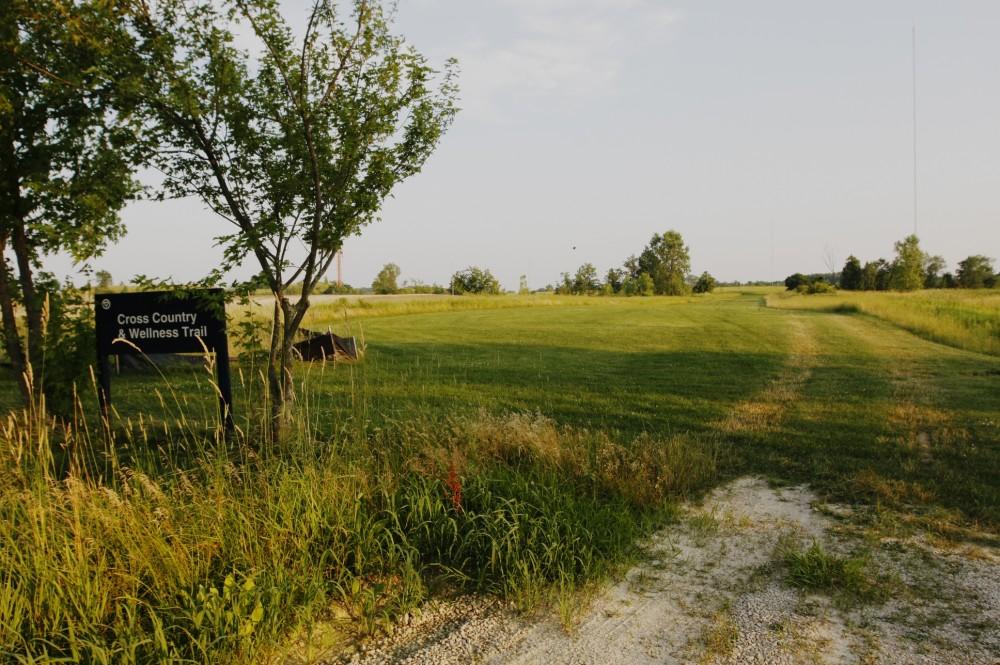GVSU joins pilot program for Sustainable Sites Initiative

About 56 acres of land west of the soccer fields on the Allendale Campus will be used for the proposed recreational fields project as part of the Sustainable Sites Initiative.
Jul 15, 2010
Grand Valley State University’s proposed recreational fields project was accepted in May as one of the first landscapes to participate in the Sustainable Sites Initiative, a program to create national guidelines for sustainable land design.
According to the Sustainable Sites Initiative Web site, the program is an interdisciplinary effort by the American Society of Landscape Architects, the Lady Bird Johnson Wildflower Center at the University of Texas at Austin and the United State Botanic Garden to create voluntary national guidelines and performance benchmarks for sustainable land design, construction and maintenance.
“The proposed student recreation fields project at GVSU encompasses approximately 65 acres of development, with several athletic fields and a large storm water treatment wetland project,” said James Moyer, assistant vice president for Facilities Planning. “The three-phase project includes a new rugby field, lacrosse field, 300-meter track, two softball fields, track throws area, picnic shelters and a concessions building.”
The proposed project location is to the west of the existing soccer fields, Moyer said. The project is still pending approval by the university.
According to a GVSU press release, a 44-acre wetland complex will be constructed for treatment of storm water runoff generated from the project and the surrounding campus.
Captured storm water in the underground detention, as well as the wetland complex, will be reused in the campus irrigation system. Future walking trails and overlook structures within the wetland complex will provide recreational opportunities for students and the surrounding community.
“As GVSU has transitioned into a more residential campus, there has been an increase in the amount of student life activities,” Moyer said. “This transition has placed a burden on all existing facilities. The proposed project is designed to address the recreational needs of the students as well as address storm water management issues at the university.”
More than 150 pilot projects such as the GVSU student recreation fields project are participating in the two-year Sustainable Sites pilot project. According to their Web site, these projects represent a diverse cross-section of project types, sizes and geographic locations in various stages of development from design to construction and maintenance.
The Sustainable Sites pilot will be the first program in the United States and abroad to demonstrate a four-star rating system that works on a 250-point scale. Based on achieving all 15 of the prerequisites and at least 100 credit points, a pilot project will become Pilot Certified.























